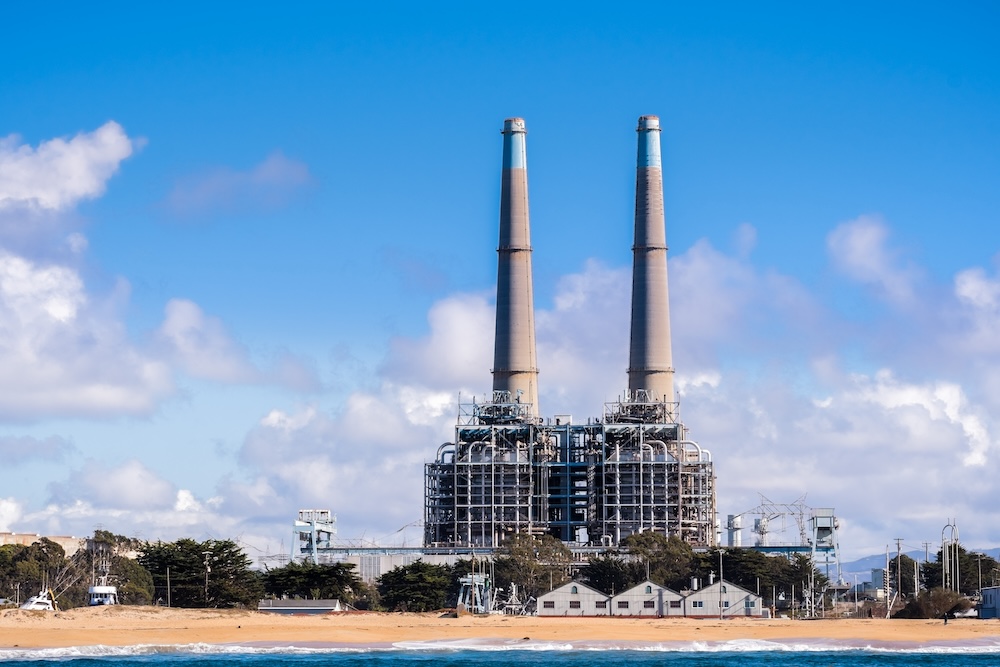What Are Invisible Pollutants?
Invisible pollutants are contaminants that exist in our air, water, soil, or everyday products, but can’t be seen with the naked eye. These include ultrafine particles, volatile organic compounds (VOCs), gases, and chemical residues. Though unseen, they can cause serious health and environmental impacts.
Common Types of Invisible Pollutants
- Particulate Matter (PM2.5 and PM10): Tiny particles from car exhaust, industrial activity, and wildfires.
- VOCs: Emitted from cleaners, paints, plastics, and even personal care products.
- Ozone (O3): At ground level, it forms from chemical reactions between sunlight and air pollutants.
- Nitrogen Dioxide (NO2): From vehicles, power plants, and fossil fuel combustion.
- Carbon Monoxide (CO): An odorless, colorless gas that can be lethal in high concentrations.
Where Do They Come From?
Invisible pollutants stem from human activity and some natural sources, including:
- Vehicle emissions
- Chemical-based cleaning agents and paints
- Plastic production and degradation
- Power plants and manufacturing
- Agricultural pesticides and fertilizers
- Household products with artificial fragrances
- Cooking, especially with gas stoves
Why Are Invisible Pollutants a Problem?
Health Impacts
- Respiratory issues like asthma and bronchitis
- Neurological effects, including memory loss and cognitive decline
- Hormone disruption from chemicals like phthalates and BPA
- Increased cancer risk with long-term exposure
Environmental Consequences
- Air pollution contributes to climate change
- VOCs and particulates lead to acid rain and smog
- Soil and water contamination affect biodiversity and food safety
The Indoor Pollution Problem
Indoor air can be 2 to 5 times more polluted than outdoor air. Why?
- Poor ventilation
- Off-gassing from new furniture and flooring
- Artificial fragrances in air fresheners and candles
- Cooking fumes, especially from gas appliances
Tips to Reduce Indoor Invisible Pollutants
- Use HEPA air filters
- Choose low-VOC or VOC-free products
- Open windows regularly to ventilate
- Avoid synthetic fragrances in home and body products
- Switch to natural cleaning products
What You Can Do
- Check air quality indexes before outdoor activities
- Advocate for clean energy policies
- Buy products with clear ingredient transparency
- Support non-toxic and eco-certified brands
- Install indoor air purifiers in living and sleeping areas
Common Questions
Are invisible pollutants only found in cities?
No. While cities have higher concentrations, rural areas can have pollutants from farming, wildfire smoke, or industrial drift.
Can you detect invisible pollutants at home?
Some smart devices and air quality monitors can track VOCs, CO2, and particulate levels.
Is “fresh scent” a sign of clean air?
Not necessarily—many fresh-smelling products emit VOCs. Clean air often has no scent.
Final Thoughts
Just because you can’t see pollution doesn’t mean it isn’t there. Invisible pollutants are a silent but serious threat to both our health and the planet. By becoming aware of these hidden dangers and making intentional lifestyle shifts, you can significantly reduce your exposure and advocate for a cleaner, safer environment for all.









Reader Interactions